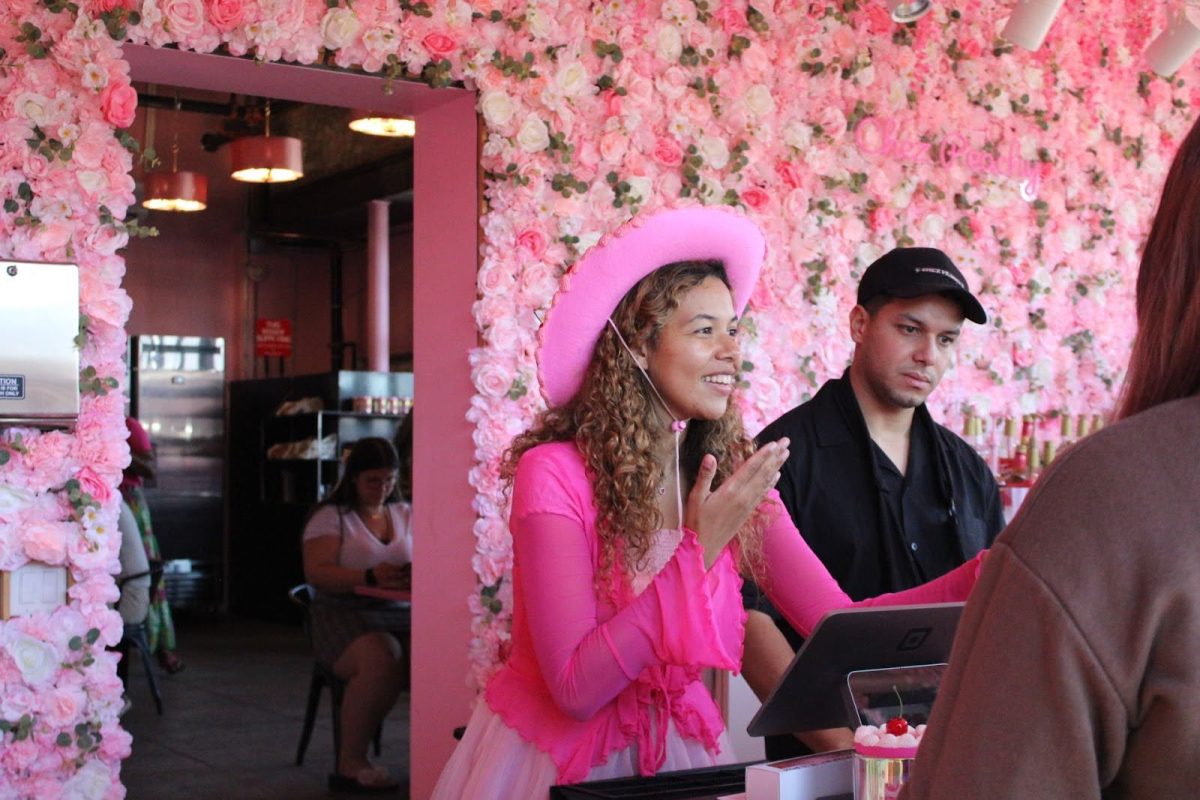Nora Belal, 22, and Michelle Riley, 22, both studio art seniors with emphases in photography, volunteered over the summer in Chiang Mai, Thailand, at the Elephant Nature Park. Plans are being made to show their photos online through student e-portfolios. More information about the park can be found at elephantnaturepark.org.
Wildcat: You guys have just done an exhibition about your trip to Thailand. Tell us a little bit about that experience.
Riley: We were in Thailand for a couple weeks. We volunteered at the Elephant Nature Park in Chiang Mai for a week, and that is where we did all our photographing and where the exhibition came out of. As volunteers there, we worked around the park doing manual labor. We also interacted with the elephants, the Mahouts, all the staff at the park and pretty much just learned a lot about elephants and caring for them and the cultural significance of their survival as a species and their significance to the local tribes and villages in northern Thailand.
W: What are Mahouts?
Belal: It translates in Thai as the “”one who can speak to the elephants.”” There are 32 elephants at the park, so every elephant has a Mahout. Which just means that person stays with them all day, communicates with them, has trained them, and there is a huge amount of trust between the two of them. It is that person that understands what is going on with the elephant and takes care of them.
W: Is there an underlying theme that can be drawn from your photos altogether?
R: I think as far as the show went, we were trying to make people understand the significance of the elephants in Thailand, not just how their economy goes, but kind of culturally what it means to them and what happens to elephants versus how people think of the elephants. All of the elephants have ended up at the park because they were severely abused and in really bad situations. They were doing illegal logging, trekking for tourists and street begging. So, the park is trying to make that known so that they can work on changing Thailand’s view of the elephant’s role in tourism. One of the reasons the elephants are in the situation they are in right now is because there is a demand for it. At the park, they are trying to take care of the elephants that need it and bring in new types of tourists that are more conscientious. So our main point of the show was to educate people about what was happening.
W: How did you guys find out about this volunteer experience in Thailand?
R: I read about the park in National Geographic about two years ago and went to the (park’s) Web site and kept researching it and the plight of the elephants and stayed updated about the park and what was happening there. When I found out you could volunteer for them, both of us signed up.
W: What was the biggest culture shock for you when you were in Thailand?
R: I was surprised at the amount of stray dogs everywhere, primarily in the city. The park works to rescue them, too.
B: I am really short, so I was surprised that I was looking over a lot of people’s shoulders.
R: And, people soliciting for tips. Not that I don’t tip cab drivers, but just the fact that they were asking.
W: How can people see photos of your trip?
B: The exhibition is over, but we are going to have them online through the student e-portfolios, and we are trying to find another location for the spring.








